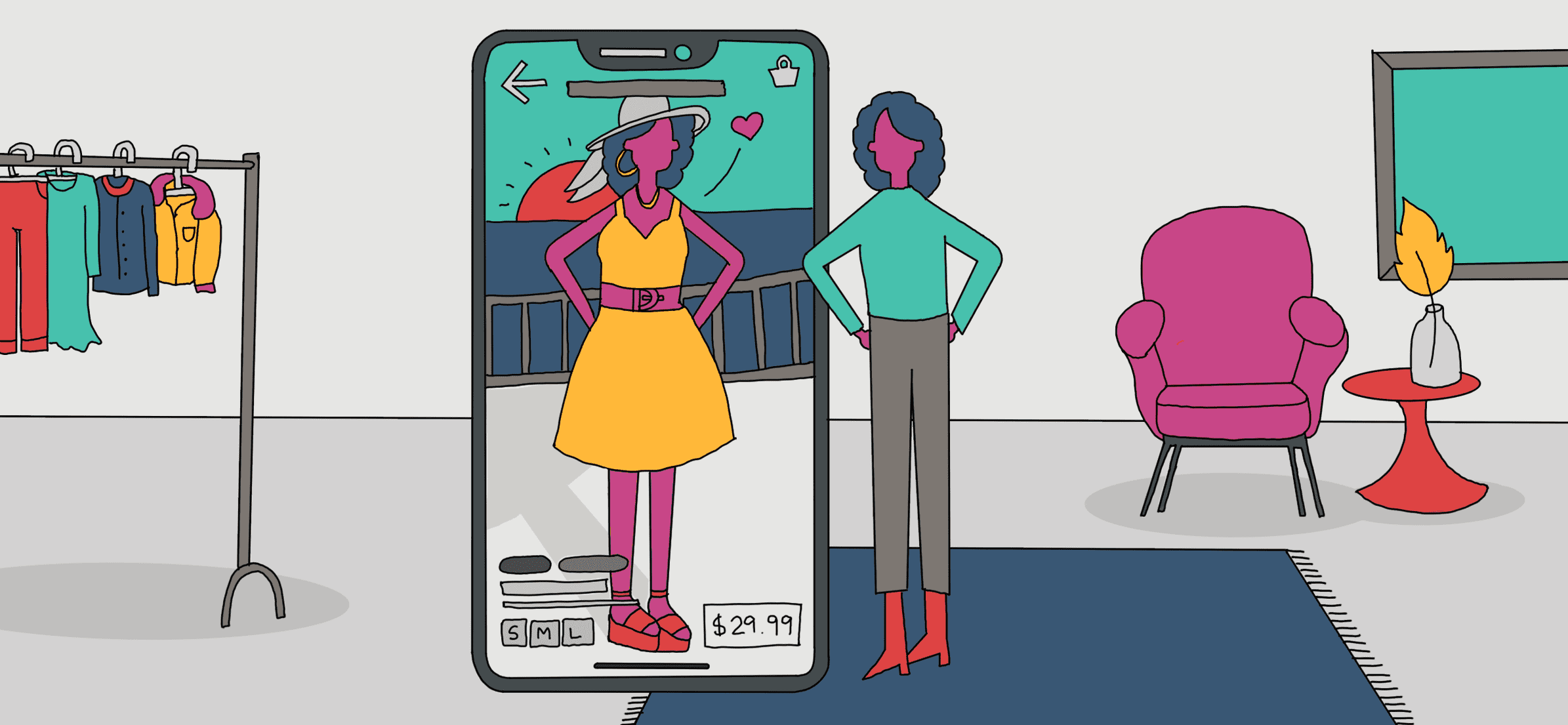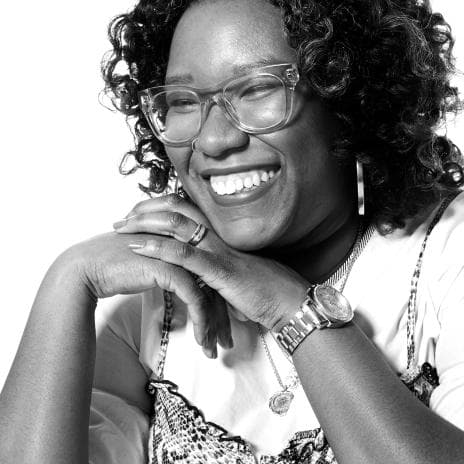
Experience Design
Haute Tech: Fashion and Shopping in the Age of Social Distancing
New technology is pioneering a more touchless approach to fashion—and maybe even a more inclusive one.
In a time when social distance is required, the experience of a clothing shopper is bound to change significantly. Dressing rooms must serve as onsite storage, while health and safety precautions for online orders become essential. So as the pandemic progresses, what will our new shopping experience look and feel like in the months and years ahead?
Reimagining the Shopping Experience
The fashion and beauty industry is known for reinventing itself as customer and market trends evolve. In the early stages of COVID-19, fashion companies and their designers pivoted their operations quickly, producing face masks to aid frontline workers while still creating consumer attire. While these early adopters devoted time and resources to retrofitting production, few retailers sought to replicate the conventional shopping experience in in-home settings.
Now some retailers are gradually reopening their brick and mortar stores — but many consumers remain hesitant to splurge on clothing and accessories in person. We’ve spent several months inside with limited contact and gatherings — kicking off our shoes, loosening our buckles, and resorting to elastic waistbands. Yet many still crave the tactile experience of trying on clothing and viewing an outfit in luxury lighting.
Sadly, most of our dwellings lack a personal stylist or a boutique arrangement of this season’s latest designs. But perhaps our devices can fill the void.
To seize this opportunity — and make up for lagging sales during a quiet economy — fashion brands are using technology to create more intuitive ways of shopping at home. One company in particular, ASOS, has become a pioneer of merging augmented reality with e-commerce shopping.
ASOS Leads the Fashion Tech Race
ASOS is a London-based, online-only young adult retailer with over 850 brands, including its eponymous clothing line. It was one of the few retailers that jumped directly to e-commerce upon its founding in 2000, forgoing brick-and-mortar locations entirely. As a leader in the online fashion market, ASOS also excels in inclusive advertising and product display — leading to the creation of an augmented reality feature on ASOS mobile apps.
Their AR feature, called the “Virtual Catwalk,” is a byproduct of a partnership between ASOS and HoloMe, another London-based outfit that specializes in reimagining how users view the world through a screen. HoloMe creates realistic holograms — far more convincing than the Tupac hologram that debuted at Coachella in 2012 — to blur the lines of physical and augmented reality. ASOS’s trendy clothing options and HoloMe’s tech-forward approach seamlessly blend to enhance the user experience.
Fashion Forward Thinking
Before making a purchase, e-commerce customers are used to scrolling through selections, viewing them in four or five shots under studio lighting, and reading the fine print describing an item’s textile compound. But ASOS’ virtual catwalk allows shoppers to browse clothing and accessories in a new, interactive way, viewing an article of clothing in a 3-D 360º AR view — all within a setting of their choice.

The ASOS Virtual Catwalk in action. [Source]
As an extension of ASOS’ inclusive philosophy, items can be viewed in a wide range of sizes, from the smallest to the largest in the run. Since the virtual catwalk is AR, visual settings and lighting adapt to the environment displayed on the screen. This could help eliminate the guesswork of guessing how an iridescent purple polyester blouse will appear under fluorescent lighting and natural lighting. Or it might demonstrate the difference between a size 10 or 12 in a more realistic way.
ASOS’ virtual catwalk aims to bridge the gap between online sizing ambiguity and the perfect physical fit and feel that shoppers want. By cutting down on returns and ill-fitting purchases, this digital tool helps reduce the hassle of disappointment and returns. In times like these, limiting the number of products exchanged could also minimize the spread of potentially dangerous particles from customer to customer.
Where Will Augmented Reality Take Us Next?
As with any great idea, there’s always room for duplication and improvement. Since stay-at-home ordinances are being reimplemented in several states, many retailers and fashion houses are seeking to replicate ASOS’ AR catwalk in their fashion. Gucci, Rebecca Minkoff, and Nars are among the brands starting to implement AR within their digital retail experiences. While their efforts are limited to accessories and cosmetics, they allow customers to envision what new foundation formulas or sneakers could look like with the touch of a button.
Beyond mere convenience, AR technology is also paving the way for more inclusivity in the fashion industry. Where fashion events were once limited to the wealthy and top-ranked Instagram influencers, they can now become accessible to anyone with a smartphone. With social distancing in effect for couture shows later this year, designers must rethink their display methods. One designer in particular, Anifa Mvuemba, founder of the fashion label Hanifa, rocked the runway with a completely virtual 3-D display of her latest collection.

A recent 3-D fashion show by Hanifa. [Source}
Although Mvuemba’s show was not produced using AR technology, it shows the capabilities of technology to reinvent the way we shop and view clothing. This makes the possibilities for future fashion shows endless, opening the door for both fast fashion and high fashion to merge with high tech.
Ultimately, AR and other 3-D visualizations for clothing may not be as revolutionary as, say, the debut of Yves Saint Laurent’s Le Smoking tuxedo. But these tools could enable shoppers to interact with their favorite retailers in a new, socially responsible way. Which means the future of fashion is finally open for some much-needed innovation.
Drop us a line
ALL FIELDS REQUIRED







